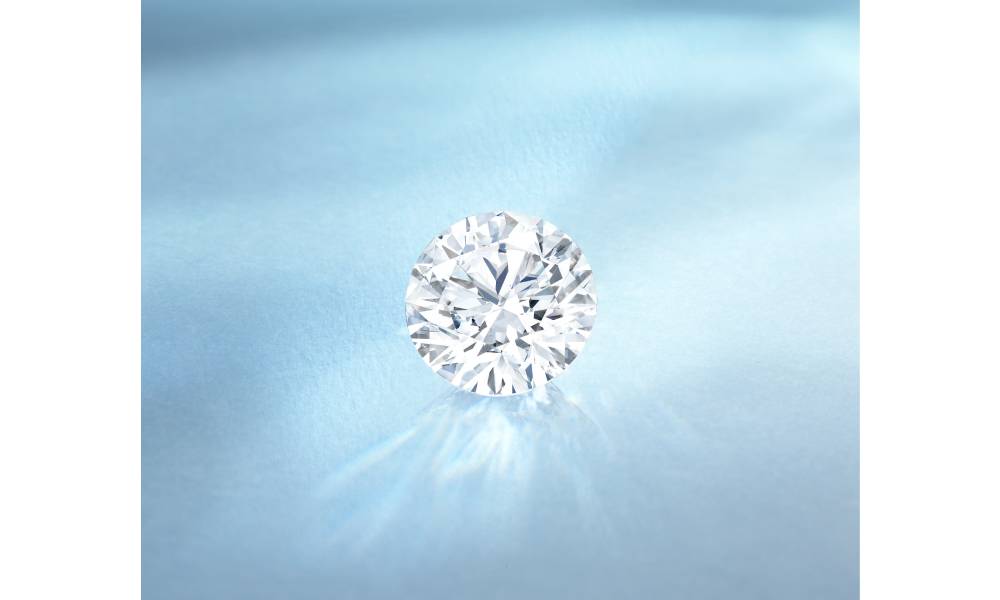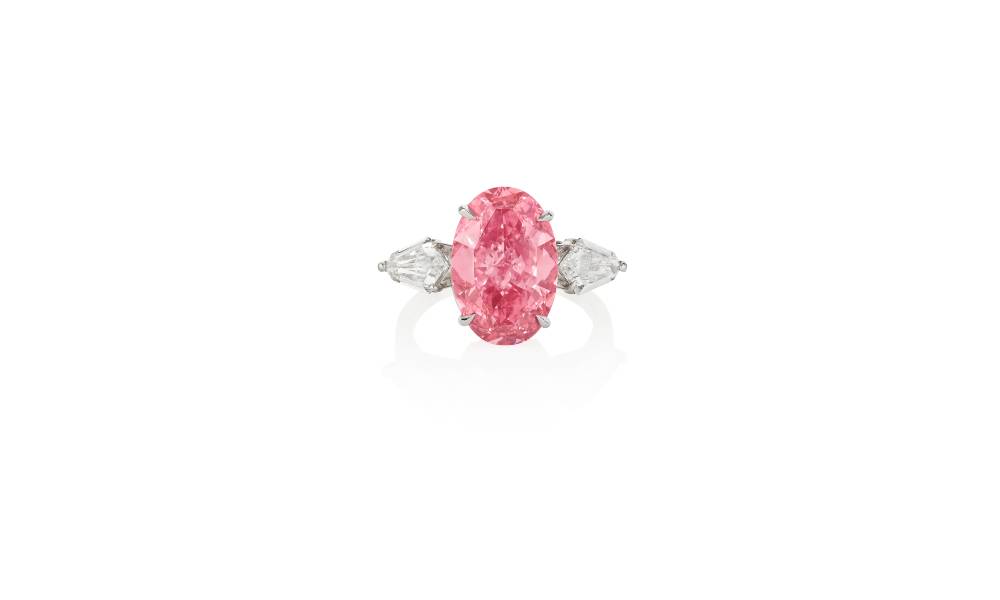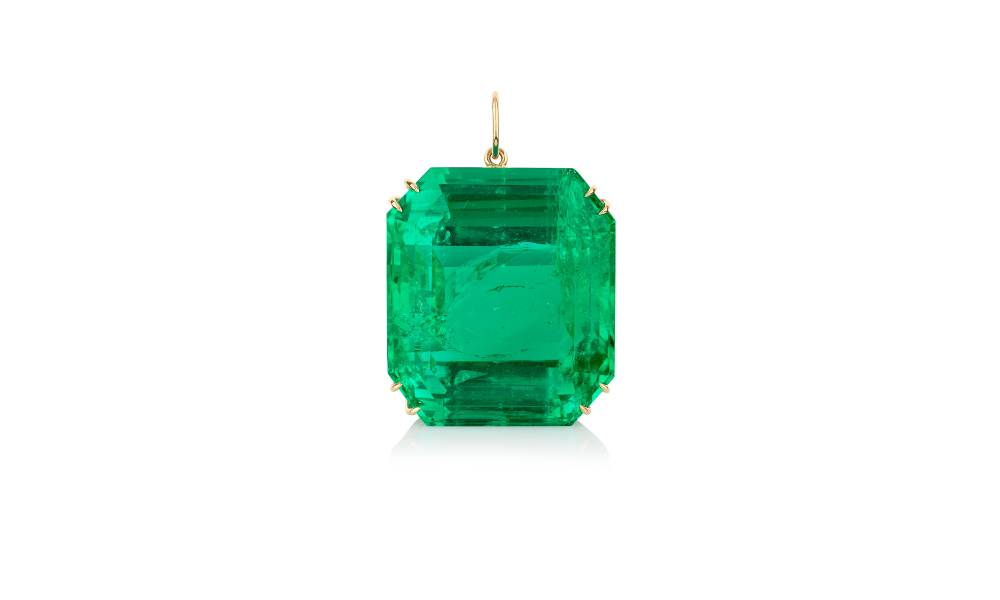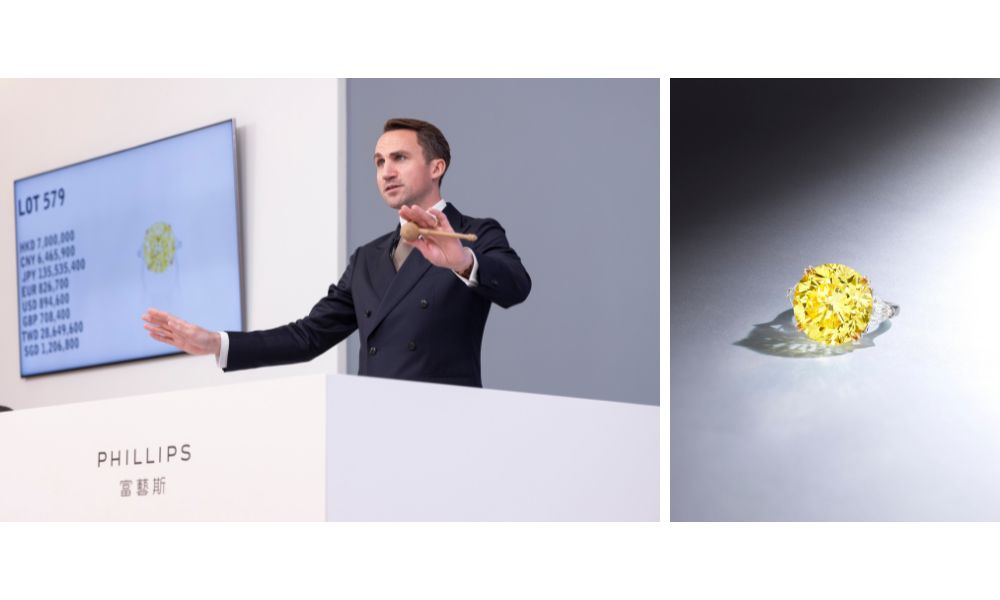With over a decade long career in the jewellery auction world, BENOÎT REPELLIN, the Worldwide Head of Jewellery at Phillips auction house in Geneva, is attracting younger collectors to the bidding battles through an online-forward approach. The millennial auctioneer, who formerly served as the director and head of the popular Magnificent Jewels and Noble Jewels auctions at Sotheby’s, spoke with Shilpa Dhamija to decode the changing trends in the jewellery auction market.
How would you describe the generational and geographical shift of jewellery buyers at auctions?
Most of the buyers in the jewellery auction world today are aged between and above 50 to 60 years. However, we are seeing a demographic shift with more younger clients showing interest in jewellery auctions. This shift is driven partly by the advent of online auctions and is more prominent in Asia and in some European countries, than in the US.
The pandemic changed how people like to participate in auctions and brought about a popularity for online auctions. We invest a lot in digital marketing now. Our presence on social media has also allowed us to reach a broader range of clients. As of last year, about 40% of jewellery buyers at Phillips auctions were aged 50 or below.
Geographically too there has been a shift in clients. We are seeing a lot of new buyers from Asia, mostly from Hong Kong, Taiwan and Singapore. Some from Thailand as well as Indonesia. The Middle East is also a strong market for us. While in the last 10 years the Middle East market had more buyers, these days we are seeing more sellers from here, who are consigning the auction items their predecessors bought.

While India’s gem and jewellery heritage is acknowledged and celebrated globally, somehow the narratives with a European connection have received more attention than those without. Why is that?
Yes, the India jewels made by Cartier and Boucheron are quite popular – Jacques Cartier travelled to India and brought back carved gemstones to make the Tutti Frutti collection. The stories of Indian Maharajas travelling to Place Vendome and visiting Boucheron and Cartier stores to remount their amazing stones on jewellery made by the contemporary artisans of that time are also well known.
However, today, there is still a demand for diamonds from the Golconda mines. There are some Indian jewellers that are very well recognised at the moment such as Viren Bhagat, who makes jewellery with Indian influence. His pieces have commanded high prices at auctions in the recent past.

Do you have buyers and sellers from the India market?
The Indian market is quite difficult to enter for auction houses for sales and purchases, although it is a market with great potential. We don’t have many Indian private clients buying at auctions because Indians continue to uphold the age-old tradition of relying on a family jeweller who has been a trusted partner for generations in all matters related to jewellery.
What percentage of the jewellery bought by buyers at Phillips’ auctions is intended for personal use versus by professional jewellers?
In the last one year the ratio of buyers buying for personal use versus professional jewellers from Phillips has been 50-50. For example, in May this year, an oval fancy vivid pink diamond of outstanding colour weighing 6.21 carats sold for CHF 10.8 million to a private client. Also a very important octagonal step-cut Emerald weighing 280.84 carats called The Amazon Queen, in a pendant sold for CHF 2.78 million to a private client. The main lots are usually bought by private clients.
Our red Diamond, the Argyle Phoenix, was bought by Laurence Graff, founder of Graff Diamonds, for more than double its estimate at CHF 3.8 million. Trade buyers either cut the stone or remount it. In the case of a signed jewel, they will keep it as is and maybe use it or sell it to their own clients.

Although pairing rare jewels with the right buyers is a very personalised process, do you see artificial intelligence playing a role in it in the near future?
I have not seen any influence of artificial intelligence in jewellery auctions yet as jewellery is a very personal item that buyers want to touch and try before they buy it.
When jewellery owners consign us jewellery to sell, they always share a story behind the piece that adds value to it. For instance, if it was given by a mother or was received as a gift during engagement or was owned by a famous person.
Even when we share images and videos of jewellery pieces with clients, they prefer to try them on before making a buying decision. Which is why we have travelling exhibitions where we take these jewels to various important cities like Hong Kong, Singapore, Taiwan, London and New York. I think we will see technology advance but at the moment buying jewels at auctions is still a very emotional and personal experience.

Historically, the real influencers of the jewellery world, owned the jewels they flaunted, such as Elizebeth Taylor who owned almost all of the jewellery she wore at important events. Also, the former Indian Maharajas whose rare collections continue to command high prices at auctions today. Are there any modern-day influencers that you reckon have an auction-worthy jewellery collection?
Today, the big jewellery collectors are more discreet. In recent times, jewellery is seen asa key fashion statement at red carpet events. But most of the pieces that the influencers, actors and actresses wear are loaned to them by jewellery maisons from either their heritage department or from new collections.
It is good to see these jewels adorned and it does help generate interest in younger audiences, but we rarely see real influencers today who collect a lot of jewellery and wear it in public like how Elizabeth Taylor did in the old days. Perhaps Jennifer Lopez is a potential influencer from the modern times who owns a lot of interesting jewellery that she has worn in public.

